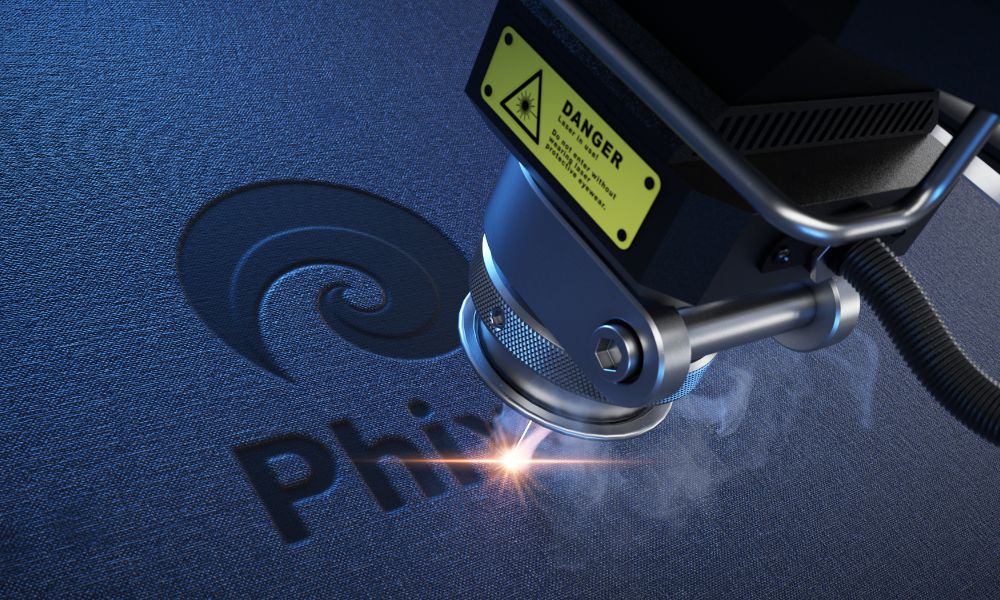5 Ways Wire Material Reacts to UV Laser Marking

UV laser marking is becoming the preferred method of wire marking in many industrial and technical settings. There are essentially five ways wire material will react to the laser in UV laser marking, and we explain each reaction below.
EVAPORATION
Otherwise known as ablation, evaporation is perhaps the cleanest way to alter the surface of a material, but it has drawbacks. It provides little contrast between the affected area and the rest if there’s no change in color—you’d have to judge the marking by depth or feel.
If the mark isn’t clear, it’s possible to make it more pronounced, but doing so will reduce the integrity of the material. If you want to mark a wire with information, you shouldn’t evaporate most of the insulation! One solution for this problem is applying different insulation colors and ablating the upper coat to reveal the undercoat and stark contrast.
MELTING
Another way the wire material reacts to UV laser marking is by melting. This scenario presents similar problems as ablation, as it doesn’t create a clear delineation.
Melting the material also presents an integrity problem, as the melted area may not stick and hold to the unaffected material. This scenario is similar to hot stamping—using a stamping die to transfer metal foils or inks onto a surface like a journal cover or invitation. We’ve all seen this process, and while it may look pretty, it’s not very practical for industrial use.
BURNING
Sometimes, the material will heat up and burn; instead of melting, it will either combust or generate smoke. This reaction is typically “burned out” and isn’t very useful for laser marking.
The burned-out material is usually a muddled mess, so it doesn’t make clear markings. While the delineation between the affected material and other materials is clear, it’s not precise and usually leaves soot, ash, or other combustion products.
COLOR CHANGING
The ideal scenario that many hope for in laser marking is a simple color change. A light-color surface can darken under laser exposure without burning, melting, or weakening the material.
As long as the color change provides sufficient contrast, this scenario is preferable to ablation, melting, or burning because it doesn’t weaken the material. The only downside is if the colors fade over time or smear when touched—then it’s back to square one.
ALL OF THE ABOVE
As with any multiple-choice question, there’s always the possibility that the answer is all of the above. This depends on how fast the laser beam interacts with the material, the environment, and the specific qualities of the material itself. This scenario isn’t ideal for clear wire marking.
We hope our guide has been helpful and you’ve learned something about UV laser markings and their interactions with materials. If you’re searching for a new laser marking machine, Tri-Star Technologies has a vast inventory to choose from. Our helpful staff is on call to answer any questions you may have about our machines and what they can do, so contact us today!


